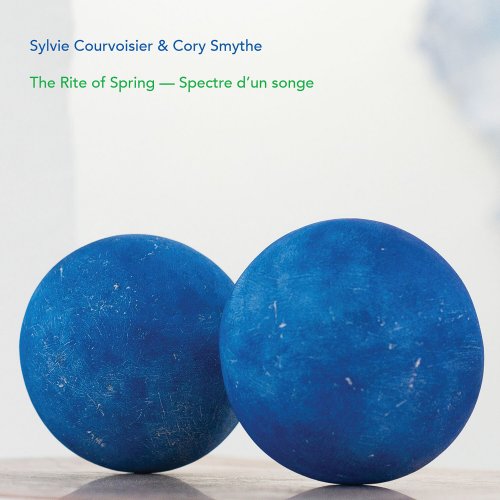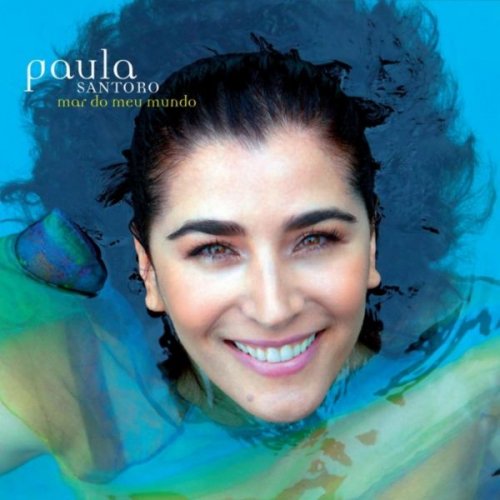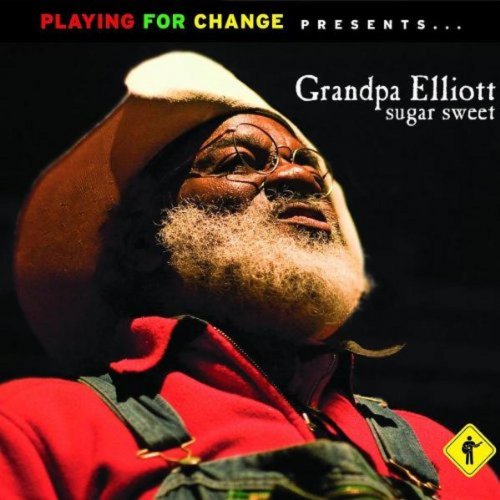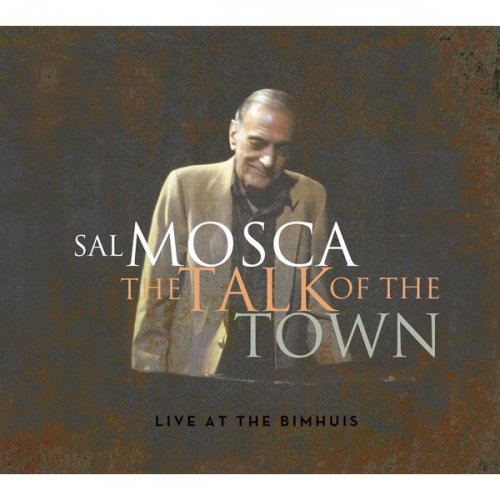Sylvie Courvoisier & Cory Smythe - The Rite of Spring (2023) [Hi-Res]

Artist: Sylvie Courvoisier, Cory Smythe
Title: The Rite of Spring
Year Of Release: 2023
Label: Pyroclastic Records
Genre: Jazz
Quality: FLAC (tracks) / 24bit-96kHz FLAC (tracks)
Total Time: 63:33
Total Size: 183 MB / 0.99 GB
WebSite: Album Preview
Tracklist:Title: The Rite of Spring
Year Of Release: 2023
Label: Pyroclastic Records
Genre: Jazz
Quality: FLAC (tracks) / 24bit-96kHz FLAC (tracks)
Total Time: 63:33
Total Size: 183 MB / 0.99 GB
WebSite: Album Preview
1. The Rite of Spring, Pt. 1: The Adoration of the Earth (15:46)
2. The Rite of Spring, Pt. 2: The Sacrifice (18:33)
3. The Rite of Spring (29:16)
Sylvie Courvoisier - piano
Cory Smythe - piano
Sylvie Courvoisier is often viewed as a jazz pianist because her oeuvre is so fundamentally grounded in her profound skills as an improvisor. However, astute listeners realize quickly that she brings the touch and outlook of classical pianism to her work and indeed, the music of Messiaen, Bach, Ligeti and Stravinsky lie deep in her musical memory bank alongside Monk, Mengelberg, Bley and Taylor.
Sylvie spent ten years creating and touring with the avant-flamenco dance master Israel Galván on an acclaimed work called La Curva. At one point in the piece Galván would strike a pose with arms raised overhead that reminded Sylvie of Vaslav Nijinsky, the star and choreographer of Stravinsky’s The Rite of Spring. She began to respond as a jazz musician might with little quotes from the piece. This piqued the dancer’s interest, and Galván expressed a wish to do a full project dancing to this music. Courvoisier created a solo version of the first three movements of The Rite and they performed it together at the Opera Bastille in Paris and received a strong positive response from Le Monde. However, she was shortly informed that the Stravinsky family would allow no independent arrangements of his work - if a piano version of The Rite was to be performed it must be the master’s original version for piano duet and nothing else.
Rather than reacting with disappointment, Courvoisier saw this challenge as an exciting prospect. She realized that she would need a partner who was an accomplished classical pianist who could help her with the proper rigor and detail of the piece. This person must also have serious improvisational skill because the plan was to group The Rite with an original work which she would create as a kind of response to it. She discussed the prospect with a close friend, saxophonist and composer Ingrid Laubrock, who immediately suggested Cory Smythe. Fortune smiled on this idea as Smythe had recently completed a run as Hilary Hahn’s accompanist, and was happy to have an additional creative opportunity to work as an improvisor. Sylvie wrote her musical response, Spectre d’un Songe, and was thrilled to find Smythe an equally strong partner in creating a new work as re-envisioning an old one.
Spectre uses primarily idiomatic impressions of The Rite but also specific reharmonization of previous Courvoisier creations in a Stravinsky-like mode of bitonality. In performing and recording these two works contiguously an additional subliminal conversation is created between them that manifests itself in dynamic interaction between the performers. In this way the reverberation of a classic masterwork is realized concretely in a present day creation.
Cory Smythe - piano
Sylvie Courvoisier is often viewed as a jazz pianist because her oeuvre is so fundamentally grounded in her profound skills as an improvisor. However, astute listeners realize quickly that she brings the touch and outlook of classical pianism to her work and indeed, the music of Messiaen, Bach, Ligeti and Stravinsky lie deep in her musical memory bank alongside Monk, Mengelberg, Bley and Taylor.
Sylvie spent ten years creating and touring with the avant-flamenco dance master Israel Galván on an acclaimed work called La Curva. At one point in the piece Galván would strike a pose with arms raised overhead that reminded Sylvie of Vaslav Nijinsky, the star and choreographer of Stravinsky’s The Rite of Spring. She began to respond as a jazz musician might with little quotes from the piece. This piqued the dancer’s interest, and Galván expressed a wish to do a full project dancing to this music. Courvoisier created a solo version of the first three movements of The Rite and they performed it together at the Opera Bastille in Paris and received a strong positive response from Le Monde. However, she was shortly informed that the Stravinsky family would allow no independent arrangements of his work - if a piano version of The Rite was to be performed it must be the master’s original version for piano duet and nothing else.
Rather than reacting with disappointment, Courvoisier saw this challenge as an exciting prospect. She realized that she would need a partner who was an accomplished classical pianist who could help her with the proper rigor and detail of the piece. This person must also have serious improvisational skill because the plan was to group The Rite with an original work which she would create as a kind of response to it. She discussed the prospect with a close friend, saxophonist and composer Ingrid Laubrock, who immediately suggested Cory Smythe. Fortune smiled on this idea as Smythe had recently completed a run as Hilary Hahn’s accompanist, and was happy to have an additional creative opportunity to work as an improvisor. Sylvie wrote her musical response, Spectre d’un Songe, and was thrilled to find Smythe an equally strong partner in creating a new work as re-envisioning an old one.
Spectre uses primarily idiomatic impressions of The Rite but also specific reharmonization of previous Courvoisier creations in a Stravinsky-like mode of bitonality. In performing and recording these two works contiguously an additional subliminal conversation is created between them that manifests itself in dynamic interaction between the performers. In this way the reverberation of a classic masterwork is realized concretely in a present day creation.

![Club Bolero, Armik - A Day in Brazil (2007) [Hi-Res] Club Bolero, Armik - A Day in Brazil (2007) [Hi-Res]](https://img.israbox.com/img/2025-12/15/5l607nskcv4xb0n237d8ngs7q.jpg)






